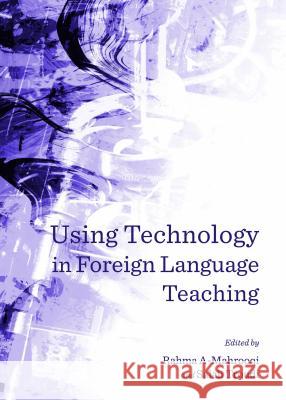Using Technology in Foreign Language Teaching » książka
Using Technology in Foreign Language Teaching
ISBN-13: 9781443865227 / Angielski / Twarda / 2014 / 320 str.
Language learning is a complex and challenging endeavor. For students to achieve the desired proficiency in English as a Foreign Language (EFL) their institutions need to invest time, effort and huge resources in order to cater for different learning styles. To be cost effective, many language-teaching institutions strive to provide intensive foreign language (FL) instruction to reduce the time period needed to learn the target language. This explains the current interest in combining different methodologies with instructional technologies that promise to motivate learners and to respond effectively to their needs. In fact, generally, technology use in learning environments has presented itself as a necessity for continued lifelong learning with research suggesting that institutions that lag behind in integrating technology might not be well-equipped to meet the needs of knowledge-based societies. This book explores the conditions under which technology can best be utilized, so that its potential benefits are harnessed and the obstacles tackled. It debates the issue of IT integration in language teaching with the intention of discussing its advantages and disadvantages from the point of view of actual users and professionals from different contexts. There are thirteen chapters in the book. Each is unique in its own way, but all examine IT use in general and in countries like the United Arab Emirates, Saudi Arabia, Oman, Iran, and Malaysia. The book will provide a useful resource for foreign language professionals, researchers and postgraduate students.











